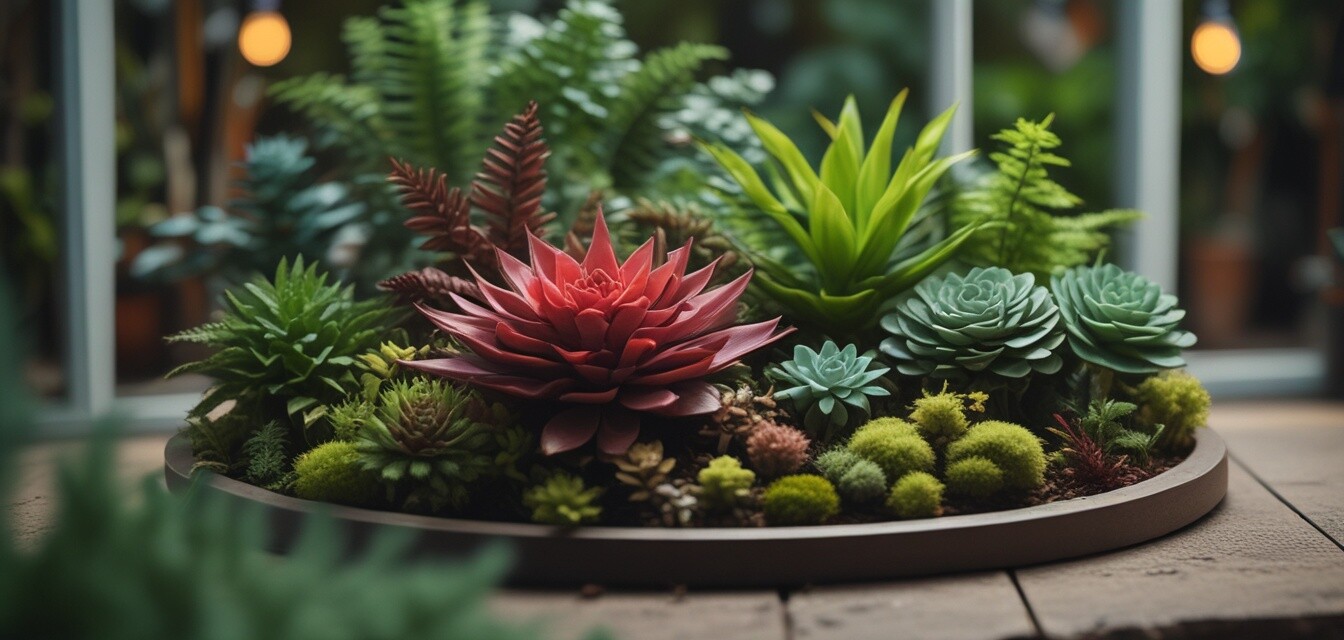
Understanding Different Plant Species and Their Needs
Key Takeaways
- Different plant species have unique care requirements.
- Factors such as light, water, and temperature greatly influence plant health.
- Understanding species traits helps in selecting the right plants for your home.
- Low-maintenance plants are ideal for busy owners.
- A diverse indoor garden can improve the atmosphere of your home.
When it comes to houseplants, understanding the different species and their individual care needs is essential for creating a thriving indoor garden. With the right knowledge, you can select plants that flourish in your home environment. This article will explore the various houseplant species, their specific needs, and how to care for them effectively.
Common houseplant species and their unique needs
Houseplants vary widely in species, each presenting a distinct aesthetic and set of care requirements. Here are some popular categories of houseplants:
| Plant Type | Light Requirements | Watering Needs | Temperature Preferences (°F) | Notes |
|---|---|---|---|---|
| Succulents | Bright, indirect light | Allow soil to dry completely between waterings | 60-80°F | Ideal for busy owners. |
| Ferns | Low to moderate indirect light | Keep soil consistently moist | 65-75°F | Great for humid environments. |
| Pothos | Tolerant of low light but prefers bright light | Water when the top inch of soil is dry | 60-70°F | Easy to care for and great for beginners. |
| Peace Lily | Low to indirect bright light | Water when the soil is dry to the touch | 65-85°F | Also purifies air. |
| Spider Plant | Bright, indirect light | Water when the top inch of soil is dry | 65-75°F | Resilient and adaptable. |
Choosing the right plants for your home
When selecting houseplants, consider the following factors to ensure they thrive in your space:
- Light Availability: Assess the natural light in your home and choose plants that suit those conditions. For instance, if your room has low light, opt for low-light species such as pothos or peace lilies.
- Watering Requirements: Evaluate your ability to maintain watering schedules. If you're frequently away, selecting low-maintenance plants like succulents may be wise.
- Space Size: Consider the size of your space. Small-space plants like the spider plant or other compact varieties are perfect for apartments or small offices. Explore options in our small-space section.
- Pet Safety: If you have pets, look for pet-friendly varieties that won't harm them if ingested.
Essential care tips for each category
Understanding the specific care tips for each category of houseplant can greatly enhance your chances of success:
Low-maintenance plants
These plants often require less frequent watering and can adapt to different lighting conditions.
- Give them bright, indirect light for best results.
- Water when the soil is dry, and avoid overwatering.
Air-purifying plants
These plants not only beautify your space but also contribute to cleaner air.
- Position them in well-lit areas for optimal growth.
- Regularly dust the leaves to help them photosynthesize better.
Rare and exotic plants
These unique species often have specific humidity and temperature requirements.
- Consider using a humidifier or pebble trays to increase humidity.
- Monitor their light requirements closely.
Conclusion
Successfully nurturing houseplants requires understanding their unique specifications and traits. Choose plants appropriate for your light conditions, watering habits, and lifestyle. By selecting the right plants, you’ll be on your way to creating a lush indoor garden that brings joy and vibrancy to your home. For more detailed care tips, check out our Care Tips blog for expert advice to help you maintain healthy and flourishing houseplants.
Pros
- Diverse options suited for various environments.
- Educational content empowers plant owners.
- Enhances home aesthetics and atmosphere.
Cons
- Some plants have specific needs that require attention.
- Certain species may be less forgiving of neglect.

